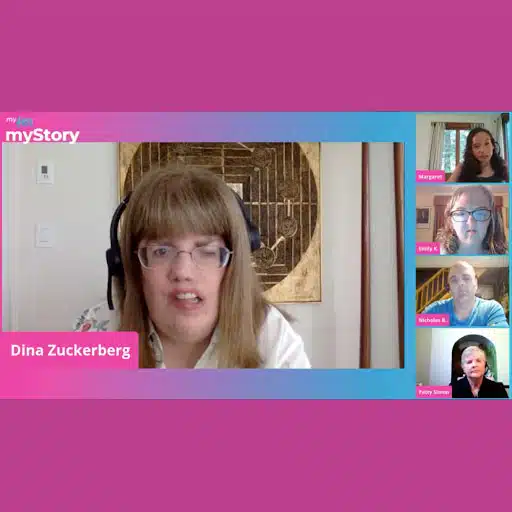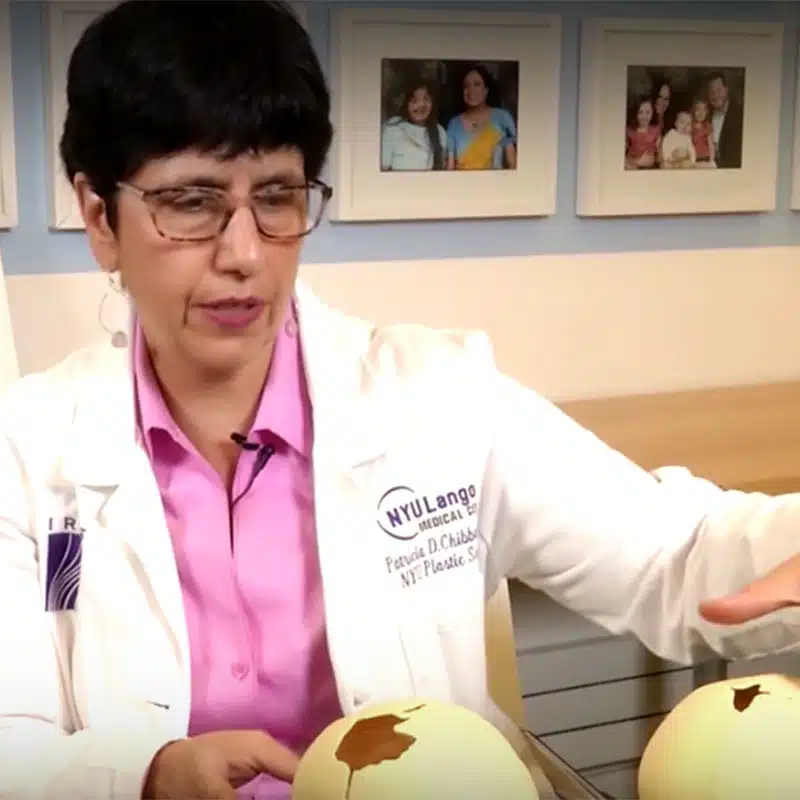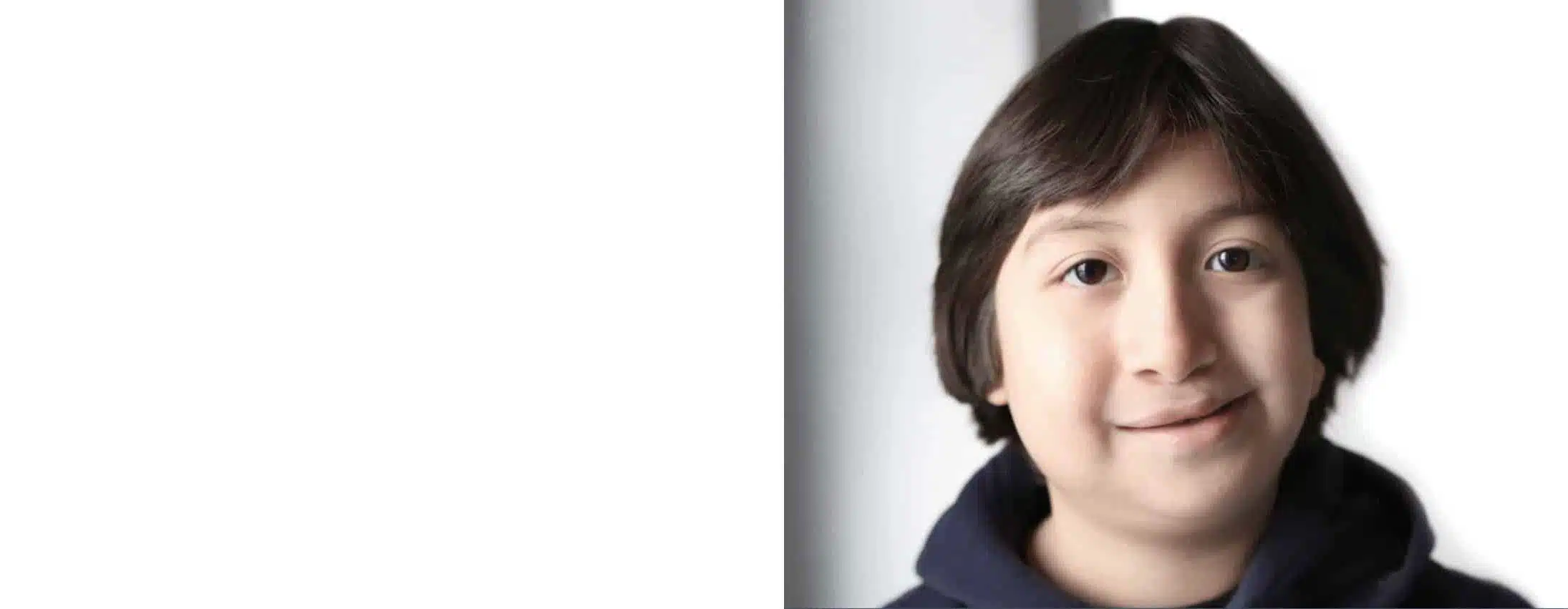Cleidocranial Dysplasia (CCD)
Craniofacial Conditions > Cleidocranial Dysplasia (CCD)
What is Cleidocranial Dysplasia (CCD)?
Cleidocranial Dysplasia (CCD) is a rare genetic condition that affects the development of bones and teeth.
Cleidocranial Dysplasia (CCD)
Other names: CLCD; Cleidocranial dysostosis; Dysplasia cleidocranial; Marie-Sainton disease.
Overview: CCD is a rare genetic disorder characterized by abnormal development of the bones and teeth, notably underdeveloped or absent collarbones, delayed skull suture closure, and dental issues.
Prevalence: CCD is a relatively rare skeletal dysplasia, with exact prevalence figures varying widely.
Causes: CCD is caused by mutations in the RUNX2 gene and is typically inherited in an autosomal dominant pattern.
Developmental Effects: CCD features can include dental abnormalities, a distinct wide, short skull, and partial or complete absence of collarbones, allowing unusual shoulder flexibility.
Treatment: Treatment for CCD involves symptomatic and supportive care coordinated by a multidisciplinary team, possibly including dental, orthodontic, and surgical interventions.

How does Cleidocranial Dysplasia (CCD) affect a child’s development?
Cleidocranial Dysplasia (CCD) affects a child’s development in several key areas, mainly involving the bones and teeth, which can also influence general growth and physical capabilities.
Here are some specific developmental impacts:
- Skeletal Development: The most distinctive feature of CCD is the delayed development and abnormal formation of bones. Children with CCD typically exhibit delayed closure of fontanelles (the soft spots on a baby’s skull), which can affect the shape and integrity of the skull. The underdevelopment or absence of collarbones can affect shoulder width and mobility.
- Dental Development: Dental issues are prominent in CCD, including delayed loss of baby teeth and delayed eruption of permanent teeth. This can lead to dental crowding, misalignment, or impaction, often requiring orthodontic interventions.
- Stature and Growth: Children with CCD may experience growth deficiencies leading to shorter stature compared to their peers. This is due to the overall effects of the disorder on bone development.
- Physical Abilities: The skeletal abnormalities can affect physical activities. For instance, reduced bone strength might increase the risk of fractures or bone deformities under stress. Additionally, joint issues such as hip dysplasia are common and can limit mobility or require surgical intervention.
- Psychosocial Development: The physical manifestations of CCD, such as a distinct facial appearance and shorter stature, can impact a child’s self-esteem and social interactions. Supportive counseling and peer group interaction can be beneficial.
- Motor Skills Development: Due to potential joint and bone structure issues, children with CCD might experience delays in certain motor skills, depending on the severity of their physical symptoms.
Because of these varied impacts, children with CCD often benefit from a comprehensive approach to care involving pediatricians, orthopedists, dentists, and other specialists to manage and support their development effectively.
How common is CCD?
Cleidocranial Dysplasia (CCD) is considered a rare genetic disorder. Although exact prevalence rates can vary, it is generally estimated to affect about 1 in 1,000,000 people worldwide. Due to its rarity, comprehensive epidemiological data are limited, and the incidence might be underreported due to mild cases that go undiagnosed. CCD affects males and females equally and has been identified in individuals from diverse ethnic backgrounds.
Causes and Genetics of CCD
CCD is caused by mutations in the RUNX2 gene, which plays an important role in the development of bones and teeth. CCD is inherited in an autosomal dominant pattern, which means that an individual only needs to inherit one copy of the mutated gene from either parent to develop the condition.
Treatments for CCD
Treatment may include a combination of orthodontic and surgical interventions to correct the dental and skeletal anomalies. Early diagnosis and intervention can improve the overall quality of life for individuals with CCD. Genetic counseling may also be recommended for individuals and families affected by CCD.
Help us provide care and support to the craniofacial community.
For nearly 70 years, myFace has worked with patients and families to provide comprehensive care and support. In addition to providing access to state-of-the-art medical care, myFace provides other important services such as emotional support groups, workshops and educational webinars that offer guidance, counsel and resources for patients, families and the greater craniofacial community across the country.






